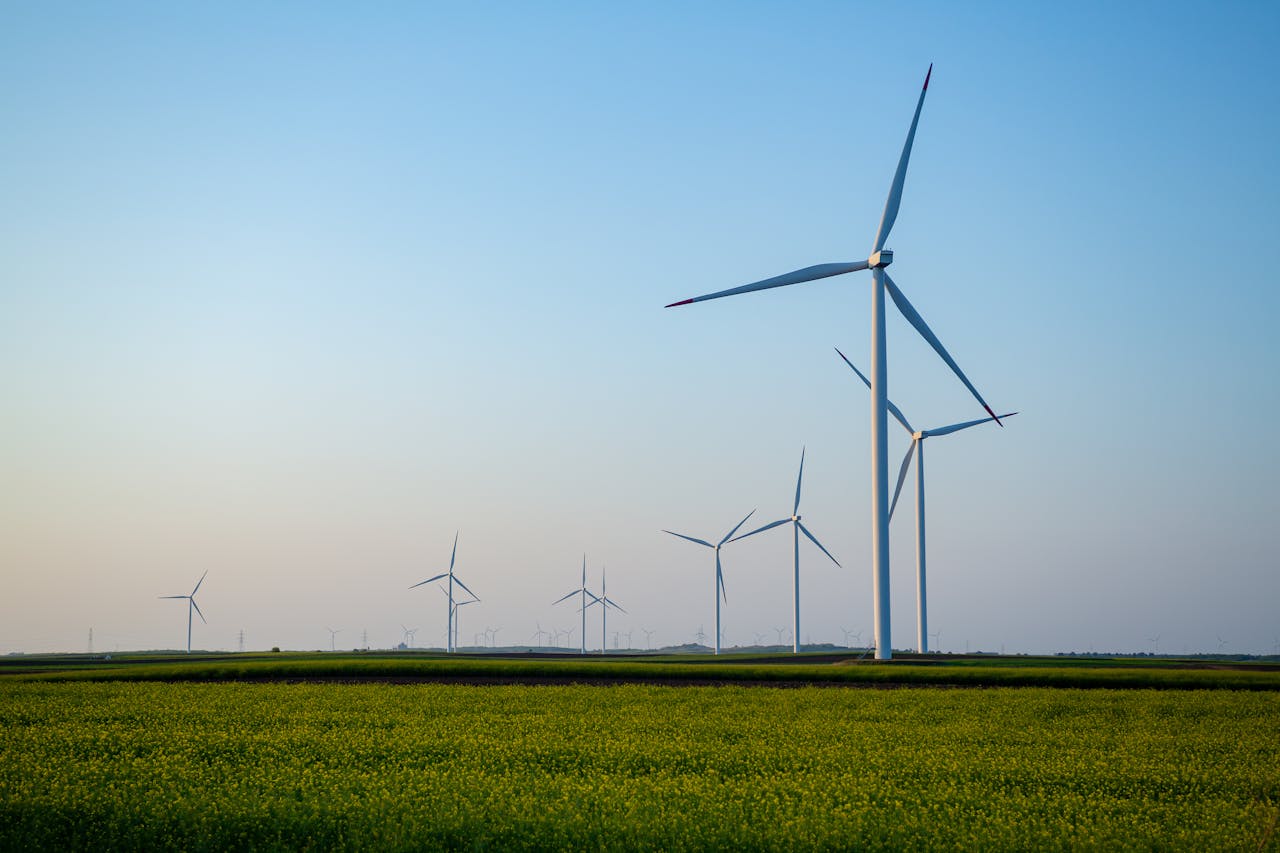BirdLife International, a global federation of organizations dedicated to the conservation of wild bird species, has prepared a complex study on the impact of offshore wind farms on bird populations in the Baltic and North Seas. The key is marine spatial planning, based on scientific research and expert knowledge.
The report „Impact of offshore wind development on seabirds in the North Sea and Baltic Sea: Identification of data sources and at-risk species” states that Europe has a significant number of breeding and wintering seabirds. Many of them make annual long-distance migrations between their breeding and wintering grounds and seasonal journeys along coastlines. Experts emphasize that the movements expose seabirds to potential risks because of offshore wind farm development and contact with marine infrastructure. For example, the northern gannet (Morus bassanus) and black-legged gull (Rissa tridactyla) have been identified by scientists as species at high risk of collision with offshore wind farms that overlap or block breeding, migration and wintering habitat.
The problem is crucial because the European Union wants offshore wind power to provide about 30 percent of its electricity needs in 2050. Reducing dependence on fossil fuels and switching to renewable energy sources are essential to solving the climate crisis. Climate protectors, but also environmental protectors, will meet in offshore areas. This problem is already evident among others in Germany, where environmental groups are beginning to speak out about the prudent development of offshore wind energy. The scale of Europe’s offshore wind energy development plans, along with other sectors such as oil and gas, shipping, fishing and mineral extraction, raises serious concerns about the impact of these activities on marine wildlife, especially the already endangered seabird species.
The key – offshore planning based on scientists’ research
Unfortunately, offshore wind farm development has the potential to negatively impact seabirds. Seabirds are at risk of being killed by collisions with turbine rotor blades. This can result in the loss of foraging habitat or migration routes. How can this situation be avoided? Experts recommend effective planning of offshore wind farm development in northern Europe. The first step should be to locate energy infrastructure away from seabird habitats. Seabird vulnerability maps can help identify hotspots and guide where new development can take place.
In the case of the Baltic Sea, high-risk bird species have included birds such as common scoter, common ogre, yellow-backed gull, common gull, herring gull, black-throated diver, and red-throated diver. BirdLife argues that all species of sea ducks in the Baltic should be listed as high risk. Some species that should be elevated to high risk are the long-tailed duck, the Caspian tern and the eider.
High-risk species in the Baltic Sea also include bald eagles, eagle owls, hen harriers, and birds migrating to the open sea – grey herons, white herons and cranes.
A central informational base on birds is needed
The report points out that there is a huge amount of seabird data that is scattered among various databases and their owners. These include NGOs, conservation authorities, government agencies and marine developers. In the case of the Baltic Sea, the report indicates that there is very little cross-border cooperation in the region on species tracking and a lack of information sharing. There is a lack of national or EU regulations that specify what data must be collected for impact assessment and what monitoring must be done. Research and monitoring of sea ducks, divers, local colonial birds, caspian terns or gulls is needed.
– A centralized and publicly accessible database linking data sets will save time and resources. Data gaps will become more obvious and help prioritize future research, BirdLife explains.
The organization argues that this shared data resource would enhance regional understanding of seabird movements and influence the development of appropriate spatial planning to mitigate the negative impacts of offshore wind energy in the North and Baltic Seas, but not only. The key is marine spatial planning, based on scientific research and expert knowledge. This is a problem that crosses national borders. Cooperation and data sharing between nations can contribute to a well-planned expansion of offshore renewable energy sources while protecting nature and biodiversity.
Source: BirdLife














